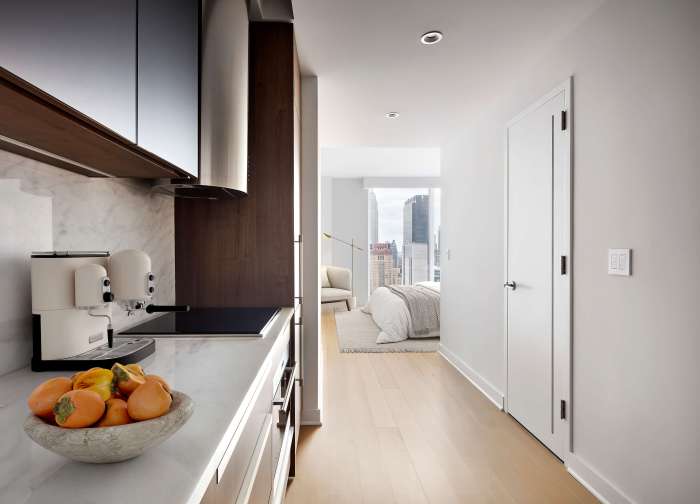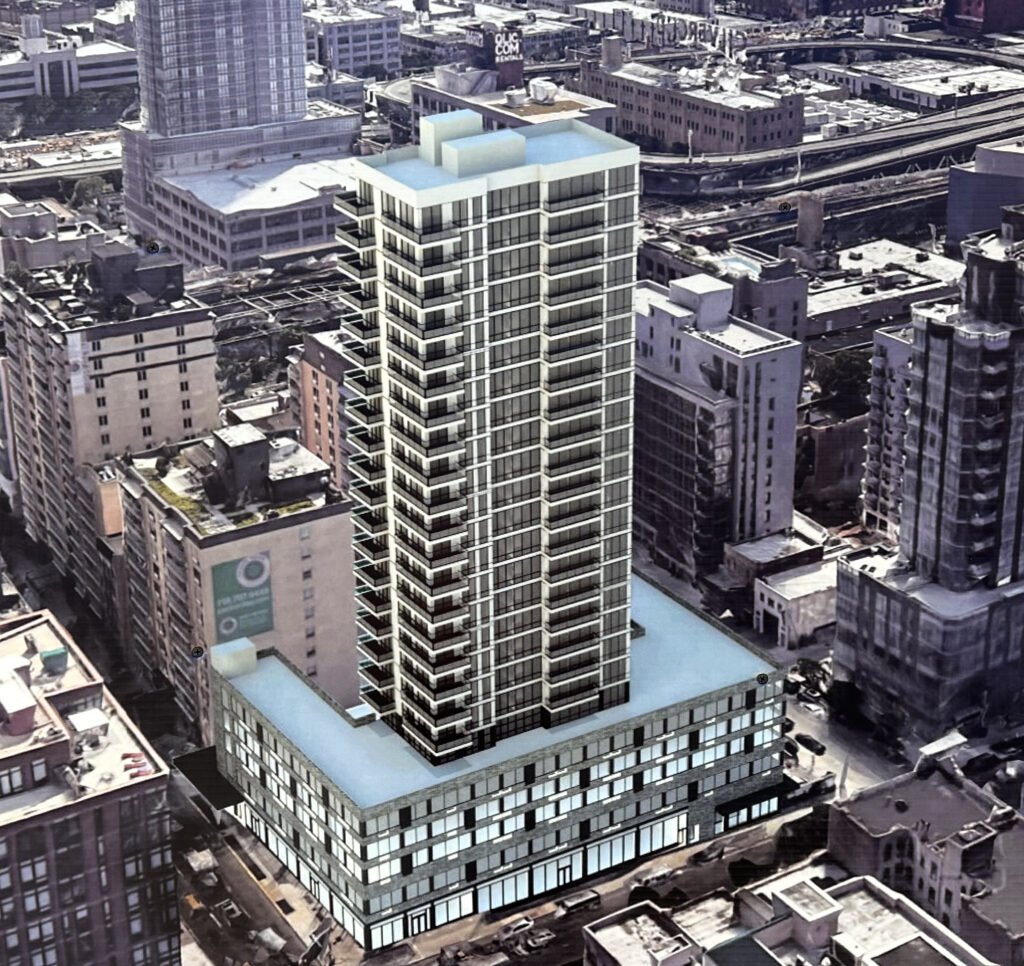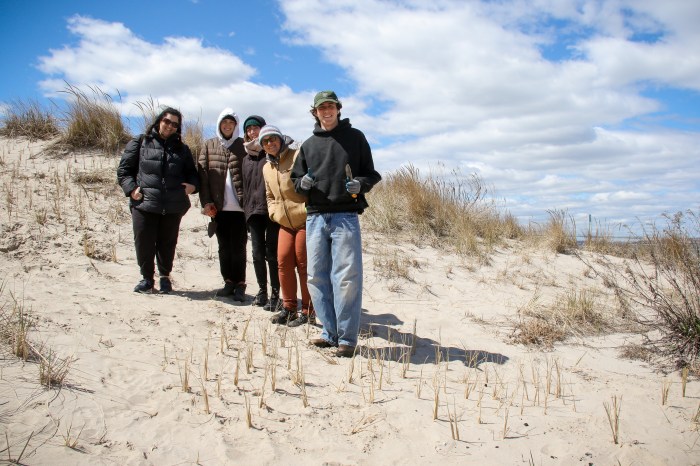Thanks for the effort, but you’ve got a long way to go.
That was the response of housing experts and advocates yesterday to Mayor Bill de Blasio’s announcement that he created 23,284 affordable homes in fiscal year 2016 — the second highest production in city history and the most since Ed Koch was mayor.
He also announced that nearly 3,500 homes were financed for households earning less than $24,000 and that evictions decreased 24%.
“The key figure for me is NOT 23,284 — which includes 17,187 units that received additional subsidies to extend already existing rent caps — but 6,097,” the number of new affordable homes actually built, said Matthew Lasner, co-author of “Affordable Housing in New York: The People, Places and Policies That Transformed a City.”
While de Blasio’s affordable housing creation is 11% higher than the average annual output of Mayor Michael Bloomberg, it falls short of De Blasio’s stated goal of 8,000 new units per year, said Lasner, an associate professor of urban studies and planning at Hunter College.
Lasner commended the distribution of units among various income tiers, but said the city needs to double or triple the production of below market units at all income levels.
City deals to preserve affordable units in Stuyvesant Town/Peter Cooper Village and Riverton Houses in Manhattan were responsible for two big chunks of the housing counted as preserved, and many people cannot afford the units offered in them even if they meet the income criteria, observed Barika Williams, deputy director of the Association for Neighborhood Housing Development.
“The city should focus on creating more units at lower income levels, and also at lower rents,” Williams said. The city should also use more on mission-driven “non-profit developers,” who build permanently affordable units that do not return to market rates after several decades, she added.
De Blasio’s effort “is a wonderful start – but it’s just scratching the surface,” of need in a city where incomes dramatically lag spiraling housing costs, said Sally Dunford, executive director of the West Bronx Housing and Neighborhood Resources Center.
“The lack of spending for this kind of housing in the last two administrations,” has led to an insatiable, epic need, she said.
But Dunford applauded the mayor for a city initiative that gives legal representation to people facing eviction. “It’s made a huge difference: We’re definitely seeing fewer evictions,” and saving people from homelessness, she said.
While some scoff that the mayor is counting units his administration has saved from going market rate as the “creation” of affordable housing, Williams said that, too, is a worthy achievement.
“It’s critically important to preserve (affordable) units because once we lose them, we lose them forever. And it is incredibly, incredibly difficult,” to replace them, because developers want to charge whatever the market can bear, but most people can’t, she said.

















